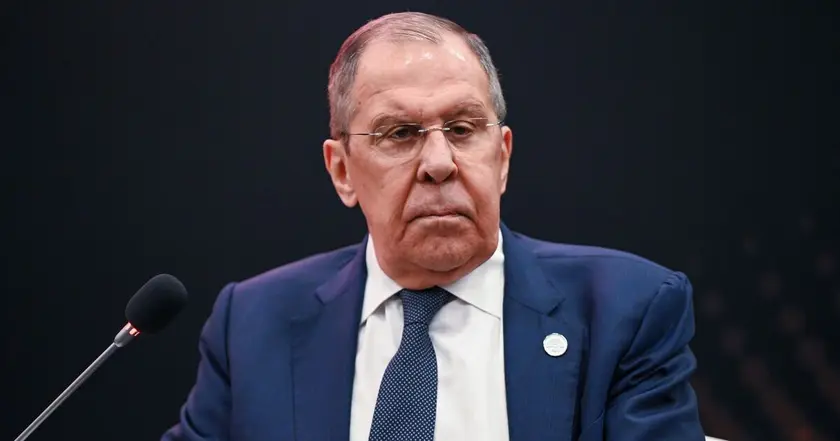T4K3.news
Trump and Putin in Alaska signal a widening gap with allies
A high profile meeting in Alaska raises questions about the US stance on Ukraine and the tone of diplomacy with Moscow.
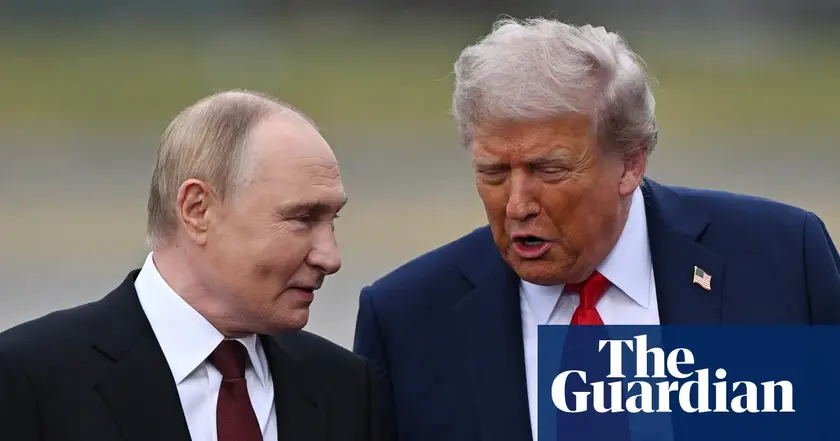
A high profile Alaska encounter between Trump and Putin raises questions about the United States stance on Ukraine and the tone of diplomacy with Moscow.
Trump and Putin in Alaska Signal a Widening Gap with Allies
Trump and Putin met at Joint Base Elmendorf Richardson near Anchorage after a private session, then appeared together for a brief public moment that showcased a warmer mood than many expected. Putin publicly backed Trump’s claim that the 2020 election would have looked different if he had been in office, a remark that critics saw as a direct challenge to democratic norms. Trump, who did not take questions from reporters, later spoke with Fox News host Sean Hannity before leaving the platform to mingle with guests.
The two leaders delivered a short 12 minute press conference under a backdrop that read Pursuing Peace. Putin spoke first, projecting a confident, dominant presence, while Trump offered a muted compliment about their relationship. The event, coming amid Russia’s war in Ukraine, drew questions about what the meeting signified for policy and for the Western alliance. The prospect of a future Moscow gathering added another layer of complexity to a moment that felt more like optics than a plan, and it raised concerns about how the administration will translate this moment into concrete steps with allies and Ukraine in mind.
Key Takeaways
"Your election was rigged because you have mail-in voting. No country has mail-in voting. It’s impossible to have mail-in voting and have honest elections."
Putin’s remark about the 2020 election during the Alaska summit
"Next time in Moscow"
Putin’s closing line to Trump
"I’ve always had a fantastic relationship with President Putin – with Vladimir"
Trump on his rapport with Putin
"If you would have won, we wouldn’t have had a war"
Putin on consequences of the election outcome
The Alaska meeting exposes a clear tension in US foreign policy between personal diplomacy and shared norms among allies. It highlights how presidential optics can shape global narratives, potentially blurring lines between critique of autocrats and engagement with them. This moment feeds a broader debate about how far the United States should go to court leaders who challenge democratic standards.
Analysts warn that demonstrations of warmth toward Moscow may complicate efforts to sustain Western unity on Ukraine and to deter aggression elsewhere. There is a risk that domestic political dynamics in the United States and friendly media coverage can override the need for transparent, policy-driven steps. The challenge now is to convert the moment into verifiable commitments that reassure allies and reassure the millions affected by the war in Ukraine, without normalizing a posture that undercuts democratic norms.
Highlights
- Diplomacy becomes theater when facts take a back seat
- Power wears a smile and asks for more than courage
- A handshake that risks trust across allies
- Next time in Moscow signals a different kind of stage
Political risk from high profile Russia summit
The Alaska gathering between a sitting US president and a foreign leader raises concerns about democratic norms, alliance cohesion, and credibility on Ukraine policy. The event could provoke backlash from opponents and create confusion among allies about the United States' stance.
The week ahead will test whether diplomacy can turn a carefully staged moment into a meaningful course of action.
Enjoyed this? Let your friends know!
Related News
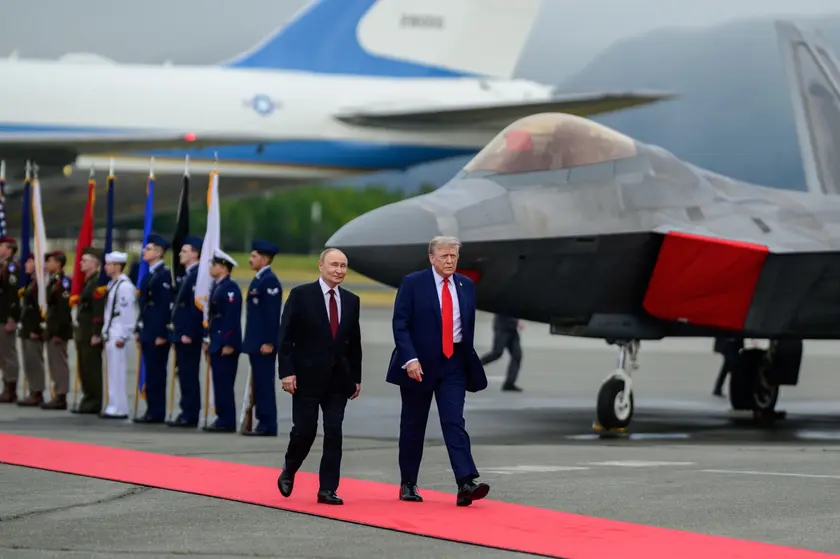
Putin gains legitimacy at Alaska talks
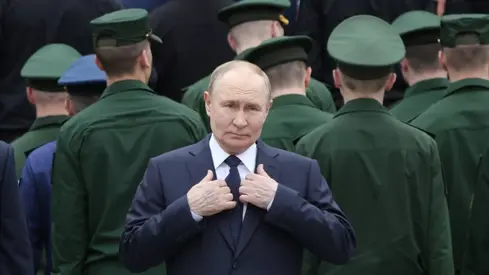
Putin and Trump meet in Alaska
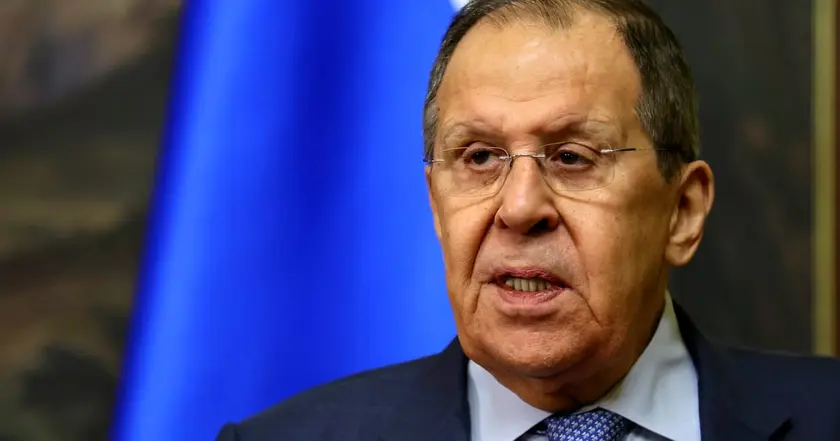
Lavrov wears USSR shirt as Alaska talks begin
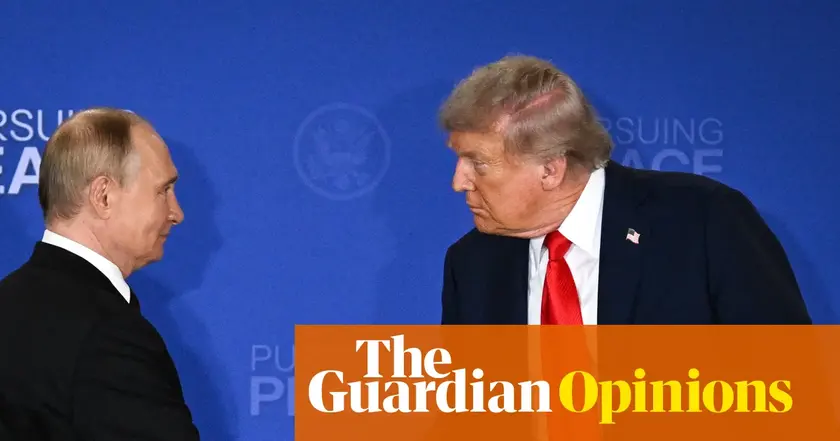
Trump Summit in Alaska Exposes Policy Chaos
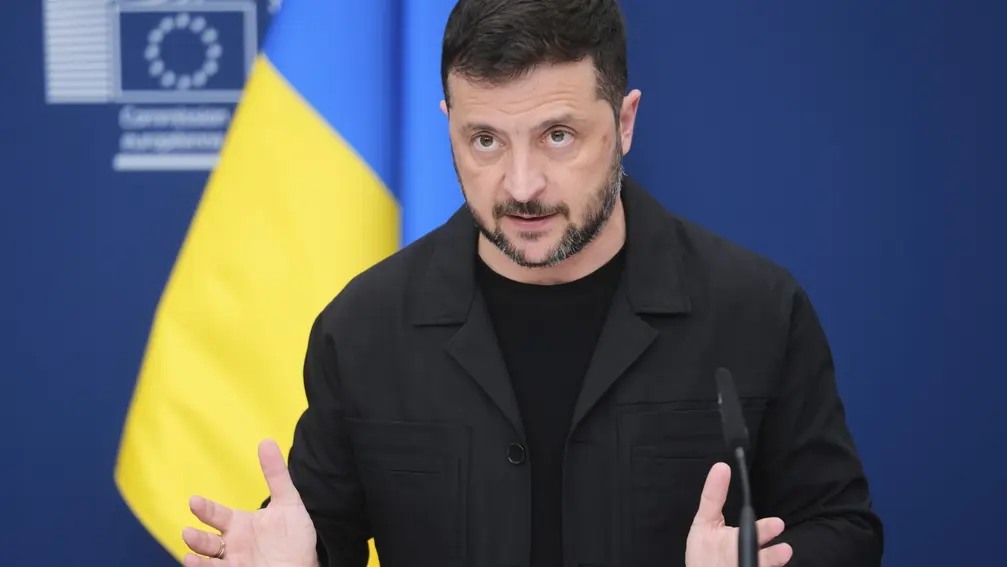
Ukraine leaders head to White House with European backers
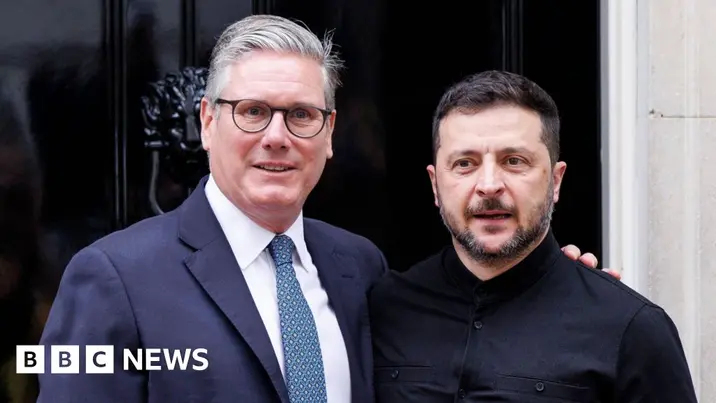
Ukraine peace talks move forward
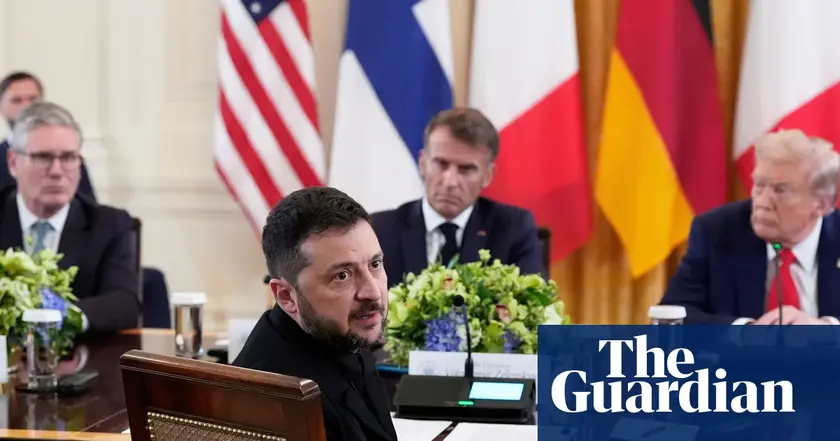
Ukraine talks push for US guarantees
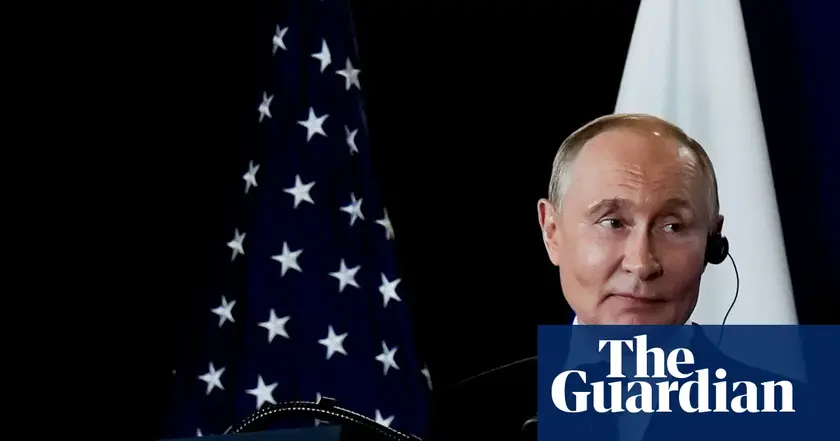
Russia sees summit as win after Alaska talks
